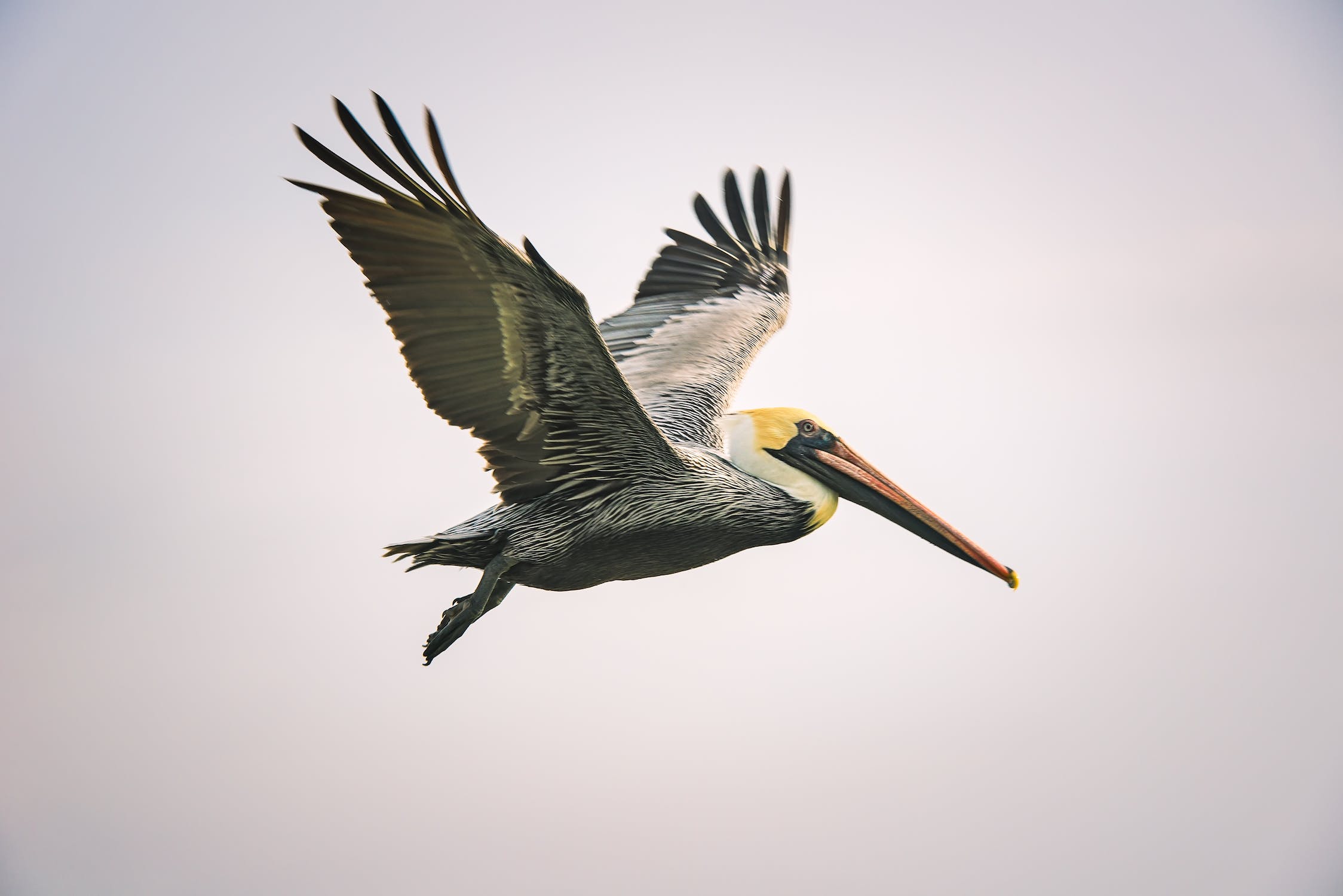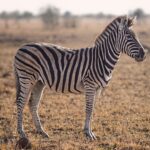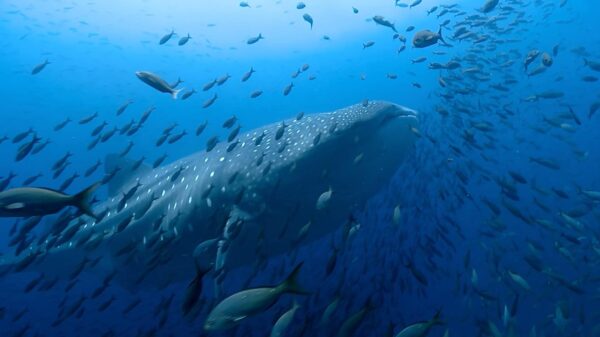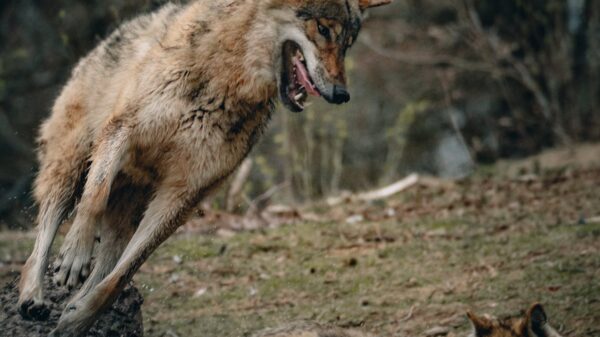From monarch butterflies to humpback whales, the world is full of creatures that embark on epic journeys across land and sea. But how do these animals navigate their way over thousands of miles? What drives them to undertake such incredible feats? Join us as we explore the mysteries of migration and discover some of the remarkable ways in which animals travel across the globe. Get ready for a wild ride!
What is Migration?
Migration is one of the great mysteries of the natural world. Every year, billions of animals travel hundreds or even thousands of miles to reach their breeding grounds. How do they know where to go? How do they find their way?
There are many theories about how animals migrate, but the truth is that we still don’t really know for sure. Some scientists believe that animals use the Earth’s magnetic field to orient themselves; others think that they follow visual cues like the position of the sun or stars. It’s also possible that migrating animals simply have a built-in sense of direction.
Whatever the mechanism, migration is an amazing feat of navigation. Animals can travel vast distances over land and sea, often in very difficult conditions. They have to contend with bad weather, predators, and exhaustion, yet somehow they always manage to find their way home.
Types of Migration Patterns
There are three types of migration patterns: linear, circular, and figure-eight. Linear migrations are the simplest, with animals moving in a straight line from one location to another. Circular migrations involve animals moving in a loop from one location to another and back again. Figure-eight migrations are more complex, involving animals moving from one location to another and then back to the first location again.
Linear migrations are the most common type of migration pattern. Animals that migrate linearly typically do so between two specific locations, such as between breeding and wintering grounds. For example, many birds migrate north in the spring to their breeding grounds, and then south again in the fall to their wintering grounds. Similarly, some fish migrate upstream to spawn and then downstream again afterwards.
Circular migrations are less common than linear migrations, but they do occur in some animals. These usually involve movement between two or more different locations in a looping pattern. For example, some seals move between haul-out sites on land and feeding areas at sea in a circulatory pattern. Similarly, some Caribou migrate in large loops across North America following the seasonal availability of food.
Figure-eight migrations are the most complex type of migration pattern. These involve animals moving from one location to another and then back to the first location again. This type of migration is typically seen in animals that live in highly seasonal environments, where there is a need to take
The Role of Geography in Animal Migration
Geography plays an important role in animal migration. Animals use the Earth’s geographical features to help them migrate. For example, animals use the sun to help them determine where they need to go. They also use the stars and other celestial objects to help them navigate. Additionally, animals use the Earth’s magnetic field to help them orient themselves.
Reasons for Animal Migration
There are many reasons why animals migrate. Some migrations are triggered by changes in the weather, such as the arrival of winter. Other migrations are timed to take advantage of food sources, such as when fish move to where they can find more food. And some animals migrate to find mates or to avoid competitors.
Migration can be a risky journey. Animals must travel through unfamiliar territory, often in hostile environments, and they must do so without the benefit of maps or GPS. Many animals die during migration, but those that survive reap the rewards of their journey, which can include access to new resources and a greater chance of reproduction.
Impacts on the Ecosystems Where Animals Migrate Through
Migration is a natural phenomenon that has been occurring for centuries. Every year, animals migrate thousands of miles across the globe in search of food, water, and shelter. While migration is essential for the survival of many species, it can also have negative impacts on the ecosystems where animals migrate through.
Migration can disrupt the delicate balance of an ecosystem by introducing new predators or prey into the area. This can lead to a decline in populations of native species as they compete with the newcomers for resources. Migration can also spread disease and parasites to new areas, which can decimate local populations that are not accustomed to dealing with these pests.
In some cases, migration can actually be beneficial to an ecosystem. For example, when wildebeest migrate through the Serengeti Plains in Africa, they help to fertilize the grasslands and promote growth of new vegetation. This provides food and shelter for other animals in the ecosystem and helps to maintain a healthy balance.
Overall, migration is a vital part of the life cycle of many animals but it can also have significant impacts on ecosystems. It is important to understand these impacts so that we can take steps to minimize them and protect both migrating animals and the habitats they travel through.
Examples of Long Distance Migrations
There are many examples of long distance migrations in the animal kingdom. One of the most famous is the Monarch butterfly, which makes an annual journey of over 3,000 miles from Canada to Mexico. Other well-known migrants include sea turtles, who travel thousands of miles between their nesting beaches and feeding grounds; and whales, who swim vast distances between their breeding and calving grounds.
But these are just a few examples of the many animals that undertake epic journeys each year. In fact, there are very few species that don’t migrate in some way, shape or form – even if it’s just a small shift in location in response to changes in temperature or food availability.
So why do animals migrate? Well, there can be many different reasons. For some species, it’s a way to find new sources of food or water; for others, it’s a way to escape from predators or harsh weather conditions. And for many species, migration is simply a way to find a mate.
Whatever the reason, migrating is an incredibly risky business. Animals have to contend with everything from exhaustion and dehydration to predators and bad weather. So how do they do it?
Well, that’s still something of a mystery. But scientists have uncovered some clues as to how animals navigate their way across great distances. Some creatures seem to use the Sun or stars as landmarks; others appear to be able to sense Earth’
Challenges Faced by Migrating Animals
Many animals migrate long distances every year in order to find food or mates, but this journey is not without its challenges. Migrating animals must contend with harsh weather conditions, predators, and a lack of food and water.
One of the biggest challenges faced by migrating animals is the risk of being killed by predators. This is especially true for young animals who are not yet experienced in the art of migration. Another challenge is the extreme weather conditions that can be encountered during migration. Animals must be able to withstand heat, cold, rain, and snow in order to complete their journey.
Perhaps the most difficult challenge of all is finding enough food and water to sustain oneself during the long journey. Migration can take many weeks or even months, and animals must be able to store up enough energy to make it to their destination. This can be a difficult task, especially for smaller animals who have limited reserves of fat and energy.
Conservation Efforts for Migrating Species
There are many ways to help conserve migrating species. One way is to protect their breeding and nesting areas. Another way is to reduce human-caused mortality during migration, such as by reducing collisions with man-made structures. Additionally, we can try to mitigate the effects of climate change on migration patterns. For example, we can help preserve corridor habitats that connect breeding and wintering areas, or create new ones where needed. We can also support research that leads to a better understanding of migratory pathways and behavior. Finally, we can raise awareness about the importance of migrants and the threats they face.
Conclusion
Migration is an incredible phenomena that has left scientists in awe for centuries and still continues to fascinate us today. We have learned a lot about the behaviors and strategies of migrating animals, but there are still many unanswered questions surrounding their journeys. Hopefully, with continued research, we will be able to unlock more mysteries behind animal migrations in order to better protect these species from future threats. Until then, we can continue to marvel at the incredible distances they travel across the globe each year!










